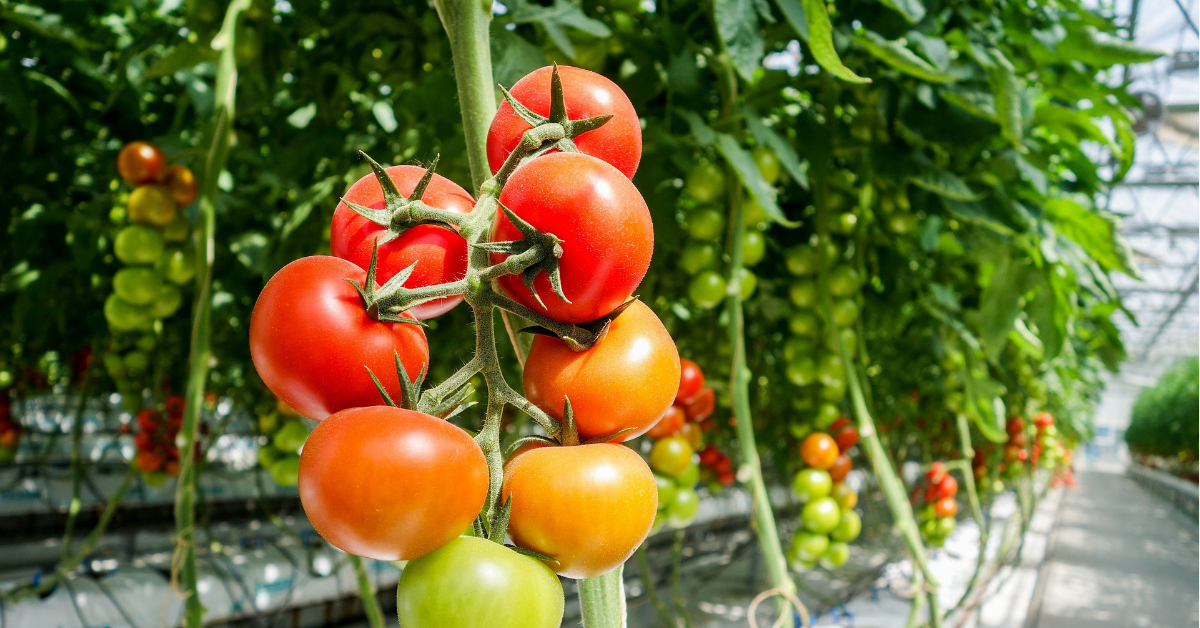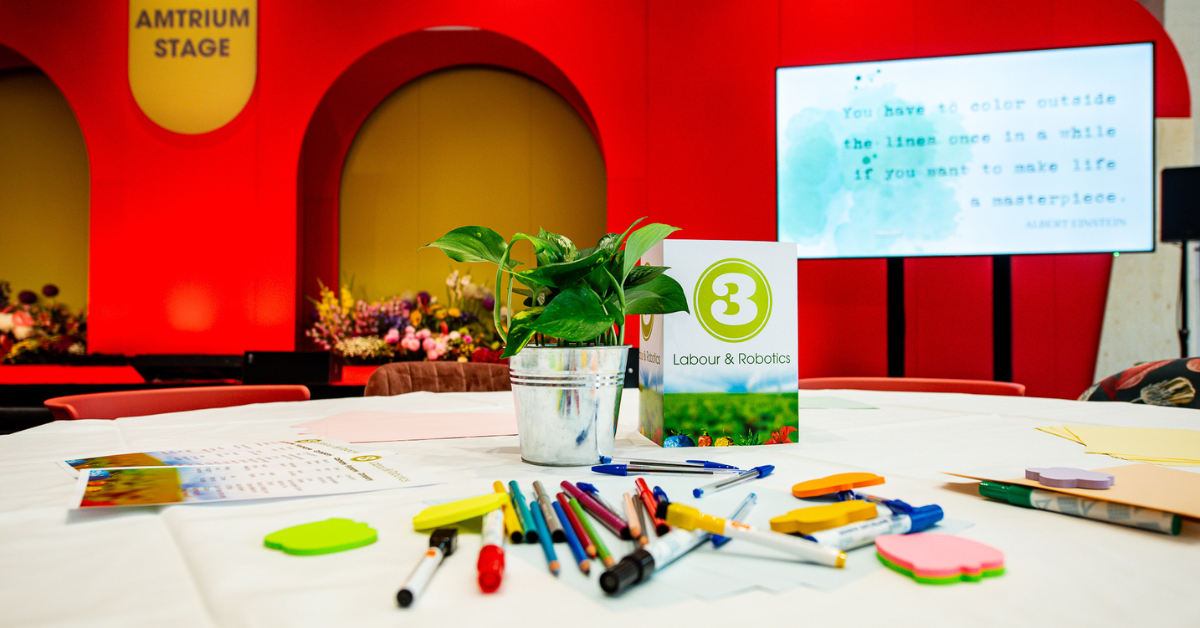Delicious but deadly. Too many pesticides used in strawberries
Strawberries in supermarkets contain six times as many harmful substances as other fruits. Last year, various fruits and vegetables were sampled by the Dutch Food and Welfare Authority (NVWA). It appeared that every strawberry in the sample group has been sprayed with an average of seven to eight harmful substances. A lot of strawberries even contained seventeen different substances, according to an analysis of NVWA figures by Trouw. No one had stopped the sale or questioned the method of pesticide control on strawberries because the limits were not exceeded. According to experts, this makes it abundantly clear that the rules are not correct and the consumer is not protected from ingestion many harmful substances from strawberries.
"The NVWA works with a totally outdated approach," says Hans Muilerman of the Pesticide Action Network Europe (PAN Europe) research group. "The scientific justification was put in place thirty years ago. You must look at the total harmful substances, to the combination effects and not to the toxicity per individual substance. There are substances that have no effect on themselves, but in combination with other substances. "
If the NVWA adheres to the pesticide standards, consumers are not protected, says Muilerman who is supported by Lucas Reijnders, biochemist and emeritus professor of environmental science at the University of Amsterdam. Reijnders also believes that regulators should look at the "cocktail effects" because the current method does not say anything about public health hazards.
Additional Effects
"There are pesticides with the same effect on a particular enzyme. You will need to take into account when using multiple pesticides, while still taking into account consumer safety. Researchers are working on a pesticide to reduce the total number used on plants”, says Muilerman. "One in which all pesticides that are harmful to the liver are added together and therefore reducing the overall amount of pesticides." But that is not where it all ends says Muilerman. Strawberries are not the only crop covered in pesticides. They exist on many fruits and vegetables and we have a long way to go to ensure the safety of our consumers.
The Health Council, a government advisory body, wrote in 2004 that "simultaneous exposure from various sources (nutrition, water, applications in and around the house) should systematically help consumers pay attention to the risk of pesticides." "If you're going to measure it, then you can help implement the change" Muilerman says, "that will assist the much-needed change in the way we deal with pesticides."
These new insights are taken into account by supervisors like the NVWA. "When moving forward and setting standards, they are ignored," says Reijnders. The NVWA seems to comply with the rules of the European Supervisory Authority of EFSA. Within this organization, experts are also familiar with the "cocktail effects", but it does not lead to regulatory adjustments. Muilerman speaks of 'training'. "In 2005, European legislation has changed and supervisors should look at the combined effects. In fine print it says, it says: "Once EFSA has developed a method for it." We are now twelve years old and the method is still not complete. It's a shame."
Flexible limits
Lobbyism from the agricultural sector plays a role, say Muilerman and Reijnders. "In addition, the whole system of standards is based on what the industry itself provides." According to Reijnders, NVWA's predecessor was in the Netherlands willing to look at the pick-up effects. "Now that it’s a European matter and we have to start again."
There is something else surprising when it comes to the limits for harmful substances, consumer organization Foodwatch mentions. To determine the maximum dose, the NVWA works with the mrl, maximum residue limit. Now this standard can be exceeded by 50 percent because of 'measurement uncertainties', so the European Food Watch Dog writes EFSA. In practice, this means that the NVWA only intervenes if the content is higher than twice the mrl. For Foodwatch, this is an invaluable way of counting as there is now fruit for sale to the consumer market containing twice as many toxins as the legal limit. Good rinsing at home does not make sense because the harmful substances contained inside the fruit as well.
How would you feel with the months hottest Horticulture Technology tips, trends and info at your fingertips? Sign up for our monthly newsletter to make sure you stay ahead of the game! #AskGreenTech
Source: https://www.trouw.nl/home/aardbeien-zes-keer-giftiger-dan-ander-fruit-door-cocktaileffect-~a091bd90/
Share your horticulture technology stories with us
Do you have an innovation, research results or an other interesting topic you would like to share with the international horticulture technology industry? The GreenTech website and social media channels are a great platform to showcase your stories!
Please contact our Brand Marketing Manager Murkje Koopmans.
Are you an GreenTech exhibitor?
Make sure you add your latest press releases to your Company Profile in the Exhibitor Portal for free exposure.
Have exclusive horticulture technology news delivered to your inbox
The GreenTech monthly newsletter brings you the latest exclusive horticulture technology news and updates about our global horticulture technology trade shows and events.
Join over 32,000 of your peers and receive:
☑ Exclusive commentary from industry leaders
☑ The latest news from the GreenTech team
☑ Stay up to date with all the latest news about our events






